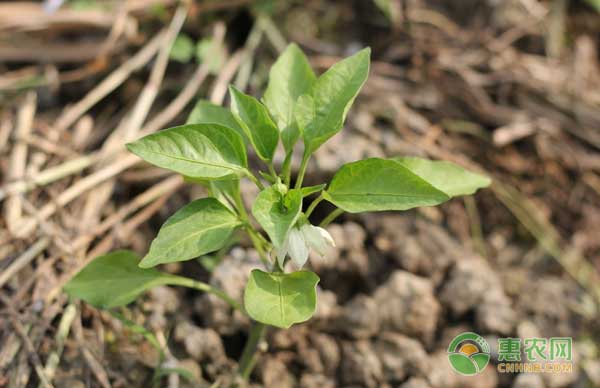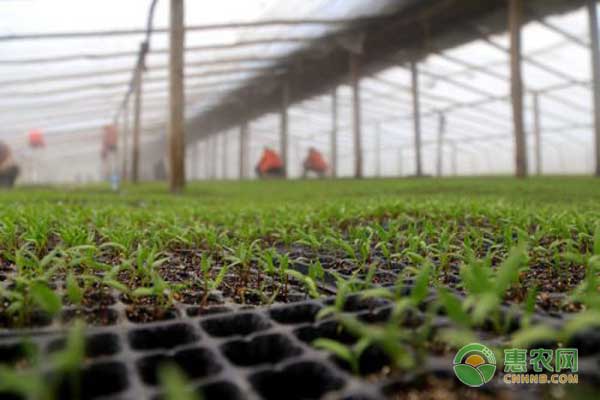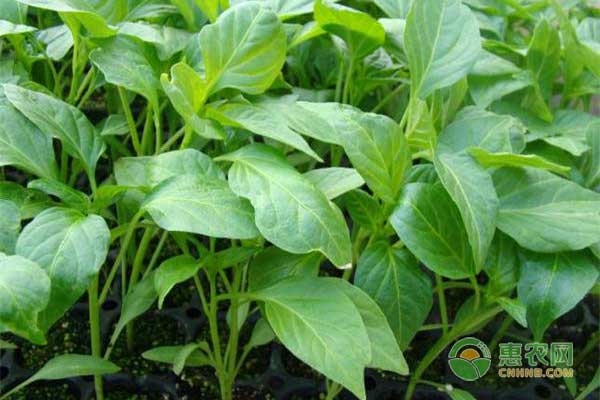Guizhou Zunyi has been planting open-field peppers for many years. Seedlings are planted every year in early spring or early March, and can be transplanted in 60 days. At present, the pepper enters the planting stage, so how to improve the survival rate of seedling transplanting? Factors affecting the colonization of pepper seedlings 1, the planting period temperature The local planting mode is open-air planting. The temperature of the planting period must be selected appropriately. If the temperature is too high during the planting, the plant will lose too much water, and the wilting phenomenon is not conducive to slowing down the seedling; if the temperature is too low, especially if the ground temperature is too low, it will affect Root activity prolongs the time of slow seedling, and even worse, it can lead to dead seedlings or cold damage. 2, moisture After planting, it is necessary to timely water the fixed root water. If the watering is not timely, the roots of the plant and the soil particles cannot be fully contacted, which directly affects the growth of the new root system. In addition, after the rooting water is planted in the open field, the water dispersion is too fast to meet the water requirement of root growth. Root recovery and absorption of nutrients will be affected, which is not conducive to slow seedlings. 3. Pests and diseases Common pests in the colonization period include aphids, snails, and small tigers. By sucking the juice of the stems and leaves or foraging the leaves, the plants will be poorly affected, which will lead to poor growth of the seedlings and reduce the survival rate of the seedlings. Inflicted by soil-borne diseases such as stagnation disease and root rot, causing plants to fall, wilting and even dying. 4, seedling quality After planting, some seedlings are poor in quality, and the stems are weak. The accumulation of organic nutrients in stems and leaves is not conducive to slow seedlings. At the same time, some plants have poor growth, slow root growth, weak ability to absorb nutrients, and affect the transplanting of seedlings. rate. How to take effective measures to overcome the above-mentioned factors? Next, we will make a brief introduction to the four main points of the planting period management of open field peppers to the majority of growers: 1, choose the appropriate temperature period Generally speaking, the planting period should be carried out under relatively stable temperature conditions. The temperature should not have large fluctuations, especially in the case of weather with the risk of cold damage, and should be avoided at noon high temperature. During the period, the daytime temperature should be higher than 20 °C, and the nighttime temperature should be higher than 13 °C, which is conducive to promoting root growth and shortening the slow seedling time to improve transplanting survival. 2, water management The open field cultivation mainly maintains the soil moisture by means of small water pouring, and it can be watered once every 3-5 days depending on the weather conditions. Most of the watering is carried out in the afternoon, keeping the soil dry and wet. For some plots where the soil is too dry, watering should be done before planting. In view of the problem of rapid water dispersion after watering the root water, the traditional open field cultivation mode can be improved by mulching and mulching to facilitate the maintenance of soil moisture. 3. Pest control During this period, aphids can be treated with foliar sprays such as thiamethoxam. The application should focus on the back of the leaves; the small tigers can use the national light poison arrows for root irrigation and control, and the rhizosphere soil should be adhered to; The snail hazard can be controlled by the root soil, and the snails can be used to control the diseases such as blight and root rot. 4, seedlings planting, cultivating strong seedlings Seedlings can be planted before growing, so that the seedlings of the same batch can be reduced as much as possible, which is convenient for later management. When planting water after planting, the plant growth regulator can be used to dilute the roots and soil of the seedlings. After planting seedlings, plant growth regulators can be used for whole plant spraying. The combination of the two can induce new roots, promote root development, improve nutrient absorption and utilization, and enhance leaf photosynthesis to promote long-lasting seedlings. The above is the key points for the management of pepper seedlings during the planting period. I hope to help you. If you want to know more about agricultural technology, please pay attention to the Hui Nong School! covid19 Anesthesia Medical Co., Ltd. , https://www.trustfulmedical.com

